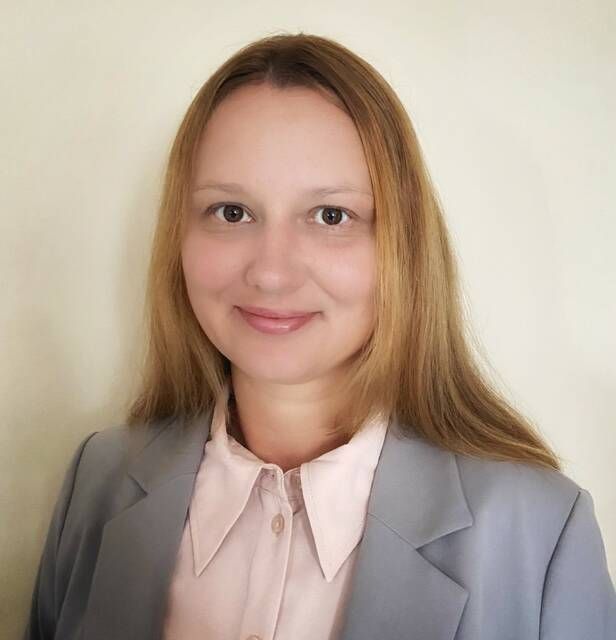
Jill Avery-Stoss, Director of Operations at The Institute for Public Policy and Economic Development.
Click here to subscribe today or Login.
WILKES-BARRE — Jill Avery-Stoss, Director of Operations at The Institute for Public Policy and Economic Development, this week said through entrepreneurship and creative thinking, new ideas are developed, applied to real-world problems, and introduced into the global marketplace.
Avery-Stoss explained that is why it is incumbent on regional leaders to continue to promote a culture of resourcefulness, where challenges are framed as opportunities.
“Major areas of technology and innovation include research and development, scientific research, medical and pharmaceutical research, and information technology,” Avery-Stoss said. “According to data from the National Center for Science and Engineering Statistics, research and development alone contribute 2.15% to Pennsylvania’s GDP — placing it in the second quartile of all U.S. states – so this value really should not be understated.”
Avery-Stoss said global economic activity has shifted more toward knowledge-based jobs and industries like education, healthcare, and finance. Even traditional industries such as manufacturing and extraction are increasingly reliant on automation and other new technologies to stay competitive, and thereby reliant on workers with backgrounds in science, technology, engineering, and mathematics (STEM).
“Consider the presence of automation in Northeastern Pennsylvania, for instance,” added Avery-Stoss. “Self-checkout lanes in grocery stores represent just one example. There may be less demand on store employees to scan items and handle money, but there is greater need for them to understand the machines and software in order to troubleshoot issues and maintain a high level of customer service.”
Avery-Stoss said there are several strong STEM occupation groups in the area. As of 2021, more than 5,300 people worked in computer and mathematical roles throughout Lackawanna and Luzerne counties — the largest amount since The Institute began monitoring this data in 2013.
Life, physical, and social science employment has been generally stable during this period as well. There are currently more than 1,400 workers in these fields, while regional occupations in architecture and engineering near 3,000.
Wages in all three of these STEM occupation groups were higher than wages in the region overall. In the two counties, architecture and engineering jobs have a median wage of nearly $72,000 per year, and science occupations have median wage of $63,600 per year.
Computer and mathematical occupations have a median wage of $76,500 per year.
Avery-Stoss said the regional median wage for all jobs is $37,800 per year. The wage gap between STEM and non-STEM workers is apparent across different experience levels for workers.
“The presence and impact of technology and innovation in Northeastern Pennsylvania can be measured in other ways too,” said Avery-Stoss. “We can consider the 135 active clinical trials, which relate to critical areas of health research, including cancer, chronic disease, and mental health.”
Avery-Stoss added that also considered were grants from the National Science Foundation to support community research. Just last year, $818,743 was awarded to grantees in Lackawanna County. Grantees in Luzerne County received $793,559.
“Whether we are talking about the latest patents issued, or the capital investments underway, there is plenty of exciting activity and potential to harness,” Avery-Stoss said.
Reach Bill O’Boyle at 570-991-6118 or on Twitter @TLBillOBoyle.




